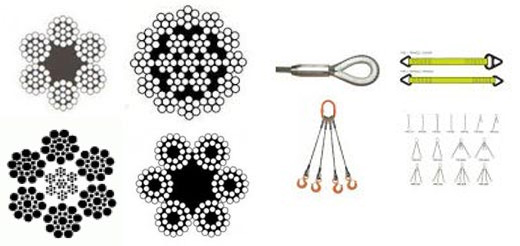It is essential to go through all the necessary consideration to ensure that your company is using the best and safest lifting sling. When beginning to shop, a person can become overwhelmed with the different types and options available. By making a plan, it is possible to narrow down your options before you even begin to look. We will be going over some important considerations for picking out and using lifting slings.

Making a checklist of production methods and business practices can help narrow down options. To have a lift that is balanced and safe, owners must know the:
- Ambient conditions
- Center of gravity
- Upper/lower fitting requirements
- The total amount of attachment points
- Height restrictions—clearance
- The geometry of sling angles for lift
- Hitch type
- Reach
Knowing the answers for all the above bullets will help you to narrow down your search substantially. After determining the above information, individuals can move on to think about the sling type. The three most common types of slings are synthetic, alloy chain, and wire rope. Each kind of sling offers unique advantages.
Wire rope slings are great because:
- Low initial costs compared to alloy chains
- High strength mixed with flexibility all within a smaller diameter design
- Braided or multi-part sling
- Can be used vertically
Benefits of alloy chain slings include:
- Holds up in harsh environments
- Can be completely repaired
- Easy to inspect
- Highly resistant to corrosion, UV exposure, and chemicals
Synthetic, nylon slings are frequently used because:
- Inexpensive, with a lightweight design
- Strong, but capable of protecting delicate or expensive loads from crushing or scratching
- Custom synthetics are used to help complete specific lifting applications
Wire Rope
Related Reading: